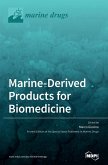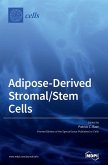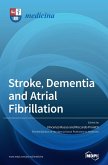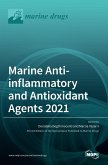Food and agricultural wastes have been recognized as valuable sources of bioactive compounds, including different types of antioxidants. The concept of increasing the utilization of waste as a secondary raw material has received significant attention recently, because it is both cost-efficient and in accordance with the principles of the circular economy and sustainable nutrition. Antioxidants are compounds known for their beneficial effects on human health and have attracted great interest as nutraceuticals for developing functional foods and dietary supplements. They vary in physicochemical properties and are often characterized by low stability (e.g., oxygen, light, and heat sensitivity), inadequate sensory properties, low solubility, or low bioavailability (due to poor absorption or intensive metabolism and elimination). Those factors limit their utilization as nutraceuticals. To overcome these limitations, it is necessary to develop suitable extraction and formulation procedures that are specifically designed for each antioxidant, aiming to maintain the stability of the active ingredient and ensure targeted delivery. The focus should be on green extraction and formulation techniques requiring less energy, non-toxic solvents, and lower amounts of lipids, surfactants, and biopolymers, while providing safe and superior products. In this Reprint of the Special Issue, original research reports and updated literature reviews provide an overview of the current state of the knowledge on novel methods for the green extraction and formulation of antioxidants derived from food and agricultural wastes.
Bitte wählen Sie Ihr Anliegen aus.
Rechnungen
Retourenschein anfordern
Bestellstatus
Storno








